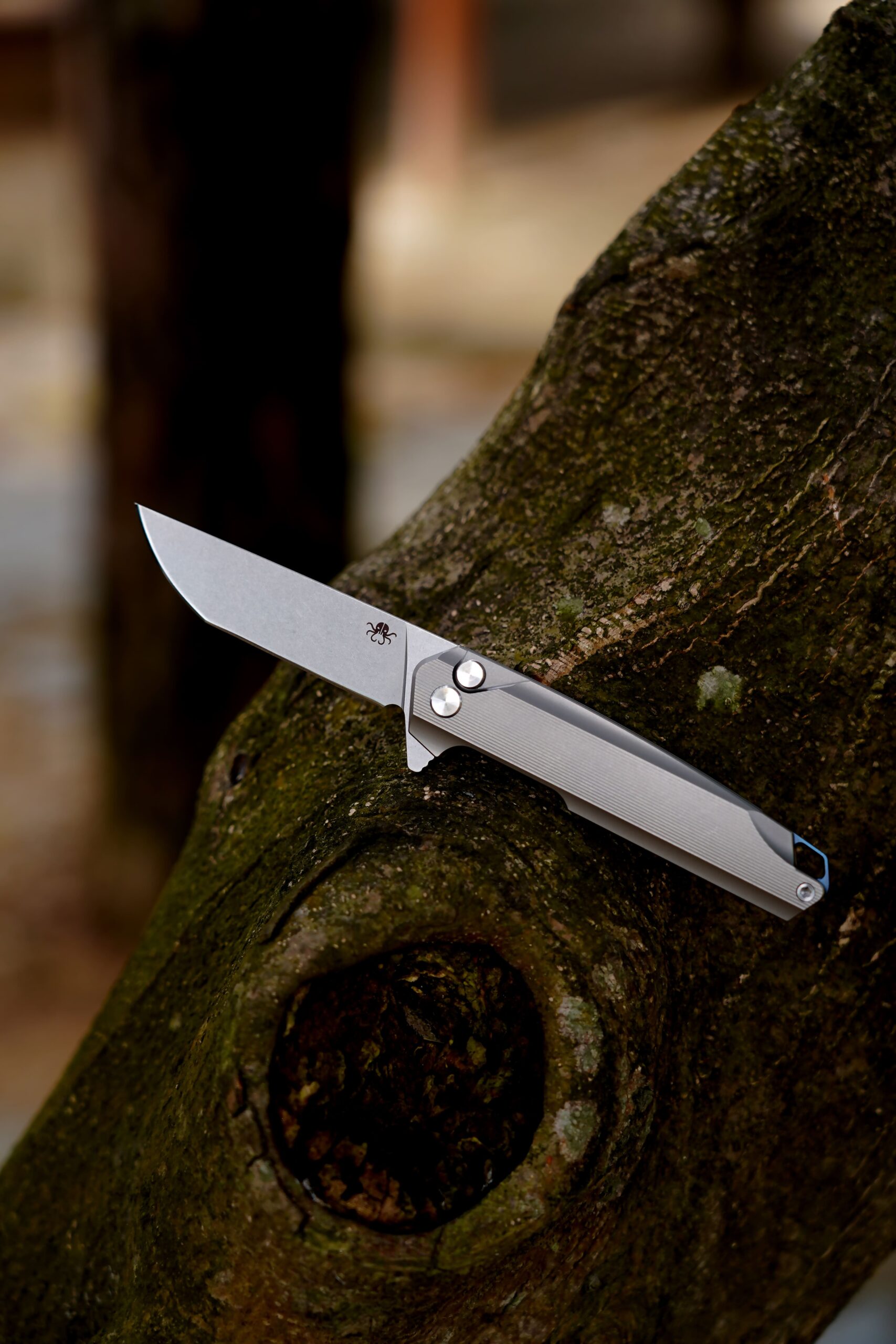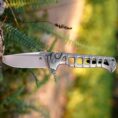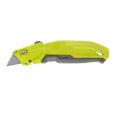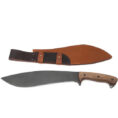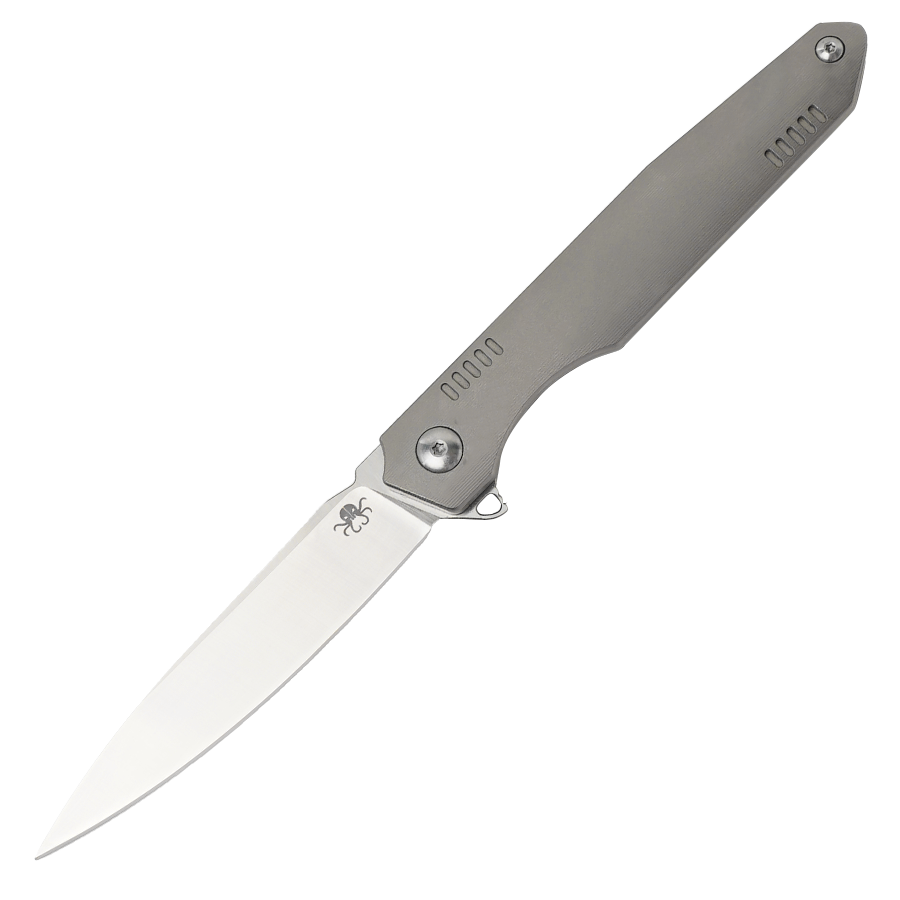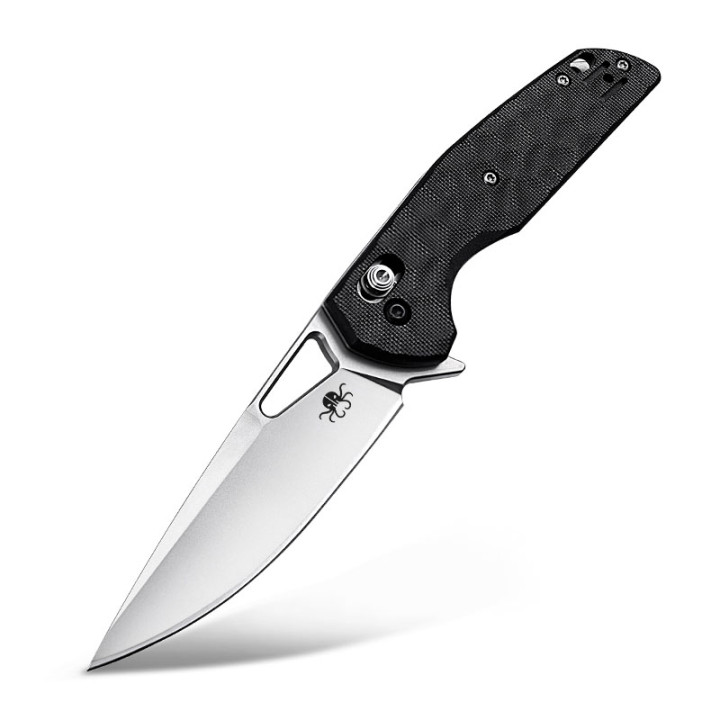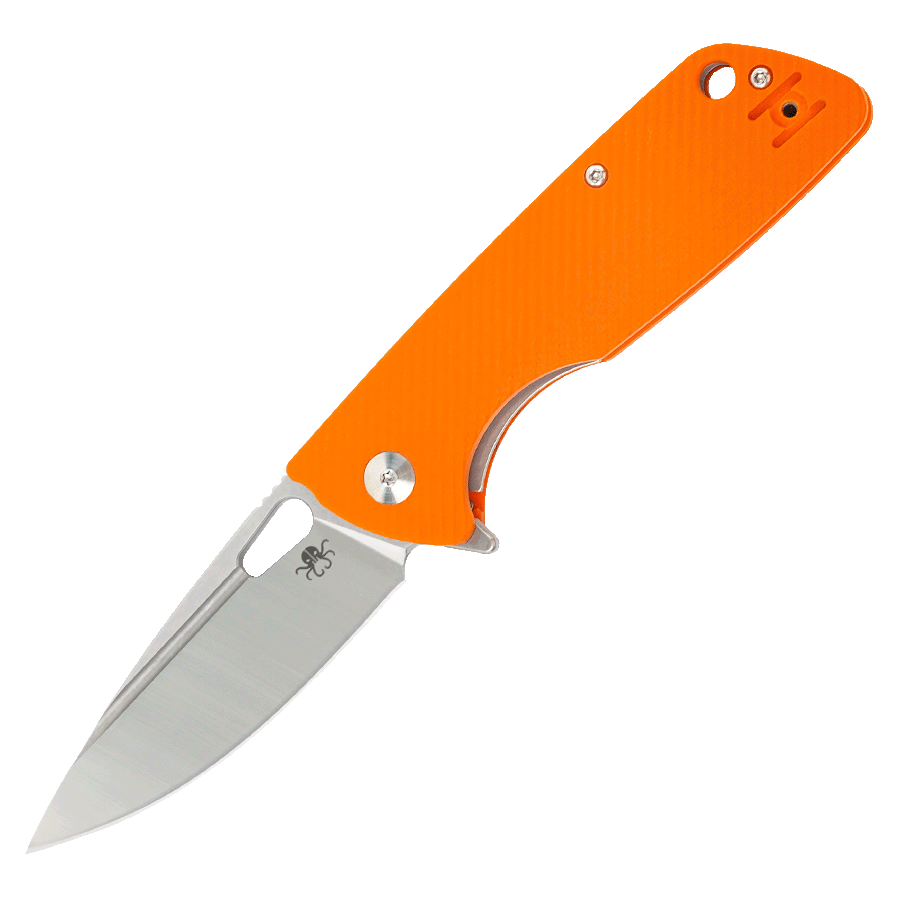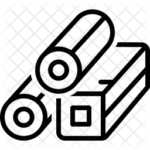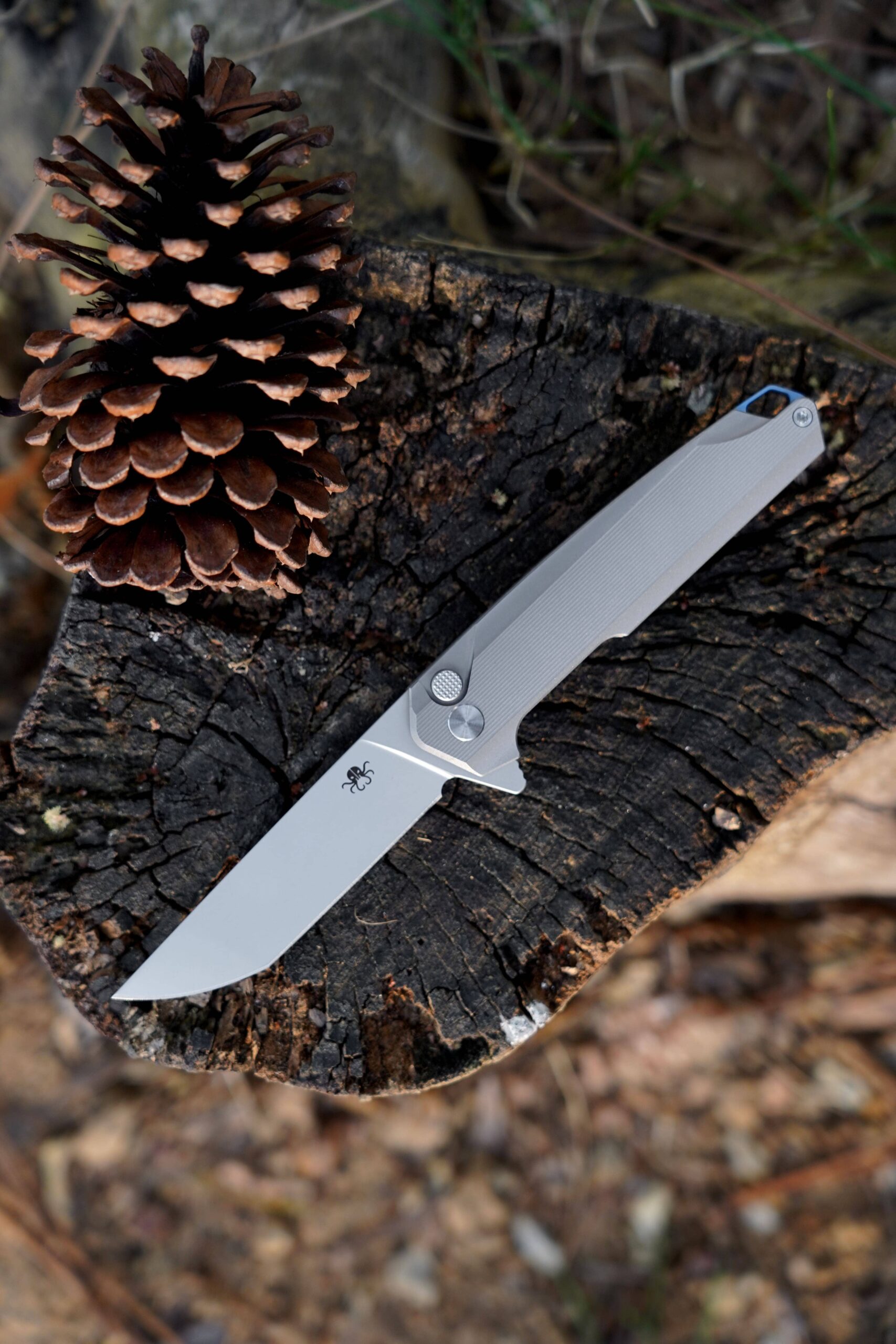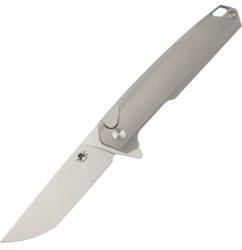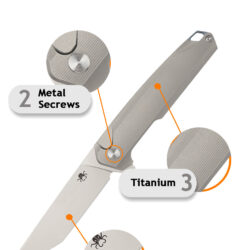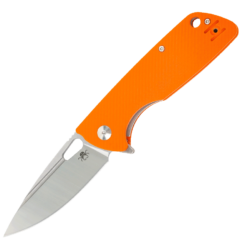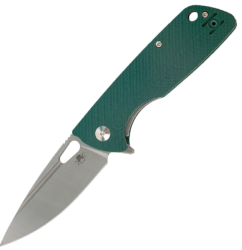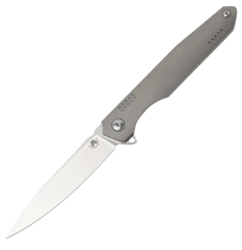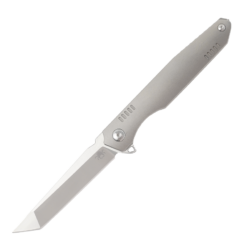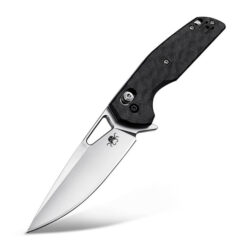Knife Types Explained: Folding Knives, Fixed Blades, Multi-Tools – What’s Best for You?
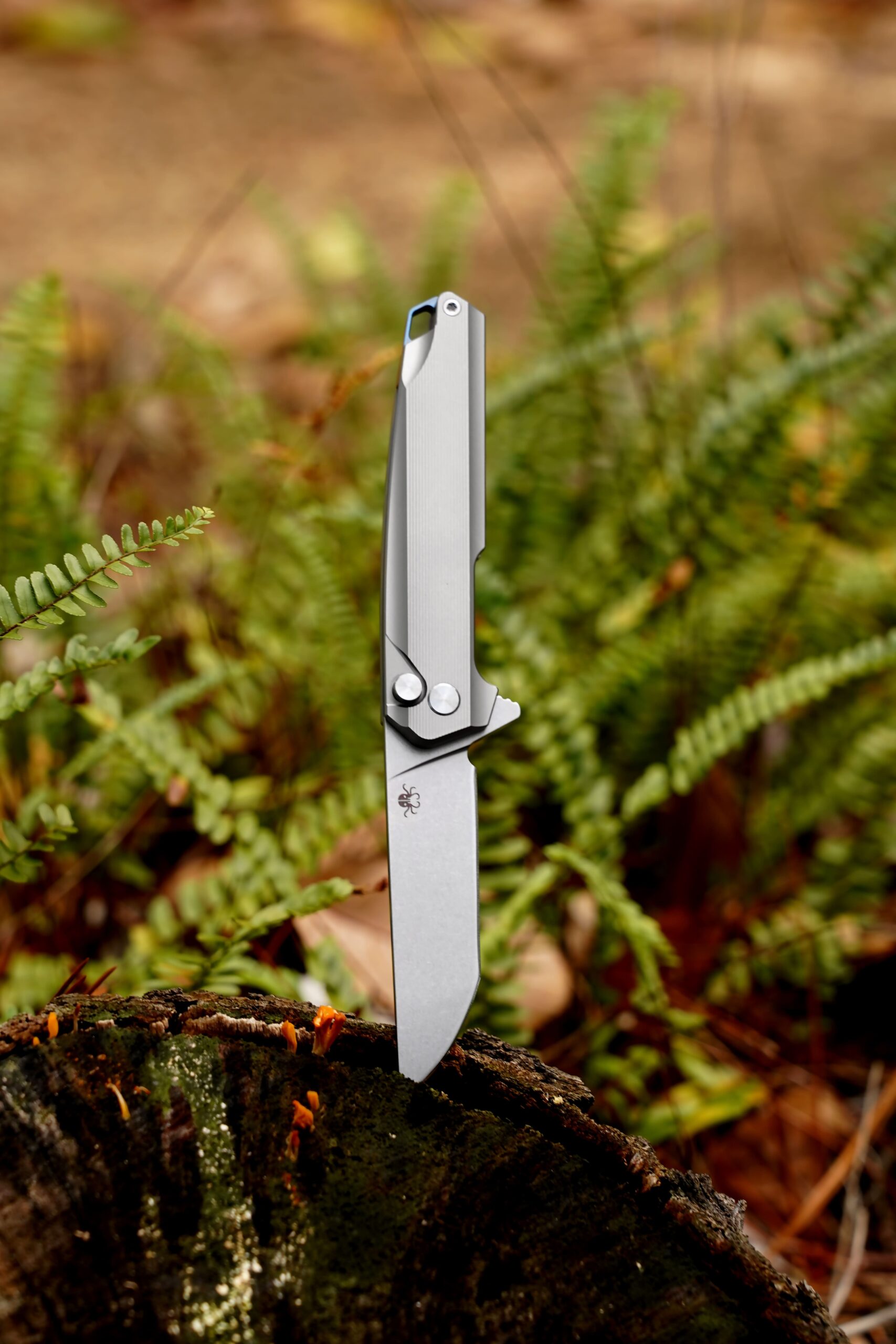
Knives are versatile tools with countless applications, ranging from outdoor survival and everyday tasks to culinary arts and self-defense. Among the most common types of knives are folding knives, fixed-blade knives, and multi-tools. Each category has unique characteristics, advantages, and limitations, making them suitable for different needs. This comprehensive guide delves into the features, uses, and considerations for choosing the best knife type for your requirements.
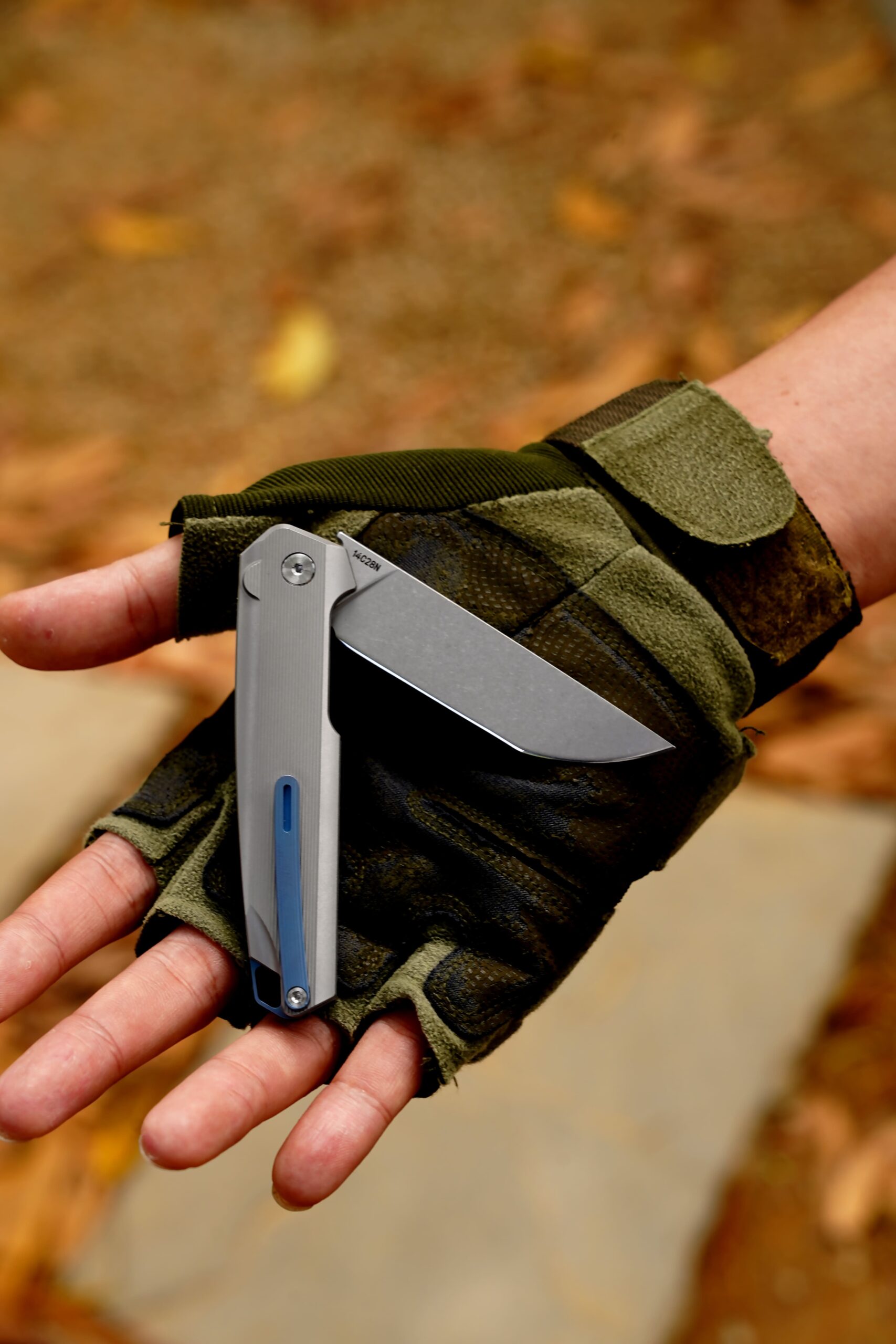
Chapter 1: Folding Knives – Compact and Convenient
Folding knives, also known as pocket knives, are among the most popular types of knives due to their portability and versatility. These knives feature blades that fold into the handle, making them safe and compact for everyday carry (EDC).
1.1 Anatomy of a Folding Knife
Understanding the components of a folding knife can help you make an informed choice:
Blade: The cutting edge, available in various shapes and sizes.
Pivot: The mechanism that allows the blade to fold and unfold.
Locking Mechanism: Keeps the blade securely open during use.
Handle: Provides grip and houses the blade when folded.
Pocket Clip: A clip for securing the knife to a pocket or belt.
1.2 Types of Folding Knives
Folding knives come in several designs, each suited to specific tasks:
Traditional Slip Joint: Non-locking knives that rely on spring tension to stay open. Common in classic pocket knives.
Locking Folding Knives: Feature a locking mechanism (e.g., liner lock, frame lock) for added safety.
One-Handed Openers: Equipped with thumb studs or flipper tabs for quick, single-handed operation.
1.3 Advantages of Folding Knives
Portability: Compact and lightweight, easy to carry in a pocket.
Safety: Blade folds into the handle, reducing the risk of accidental injury.
Versatility: Suitable for everyday tasks, from opening packages to light cutting.
1.4 Limitations of Folding Knives
Strength: Folding mechanisms are less robust than fixed blades.
Maintenance: Hinges and pivots require regular cleaning and lubrication.
1.5 Best Uses for Folding Knives
Folding knives excel in everyday carry (EDC) applications. They are ideal for:
Opening packages and letters.
Cutting ropes, cords, or small materials.
General utility tasks.
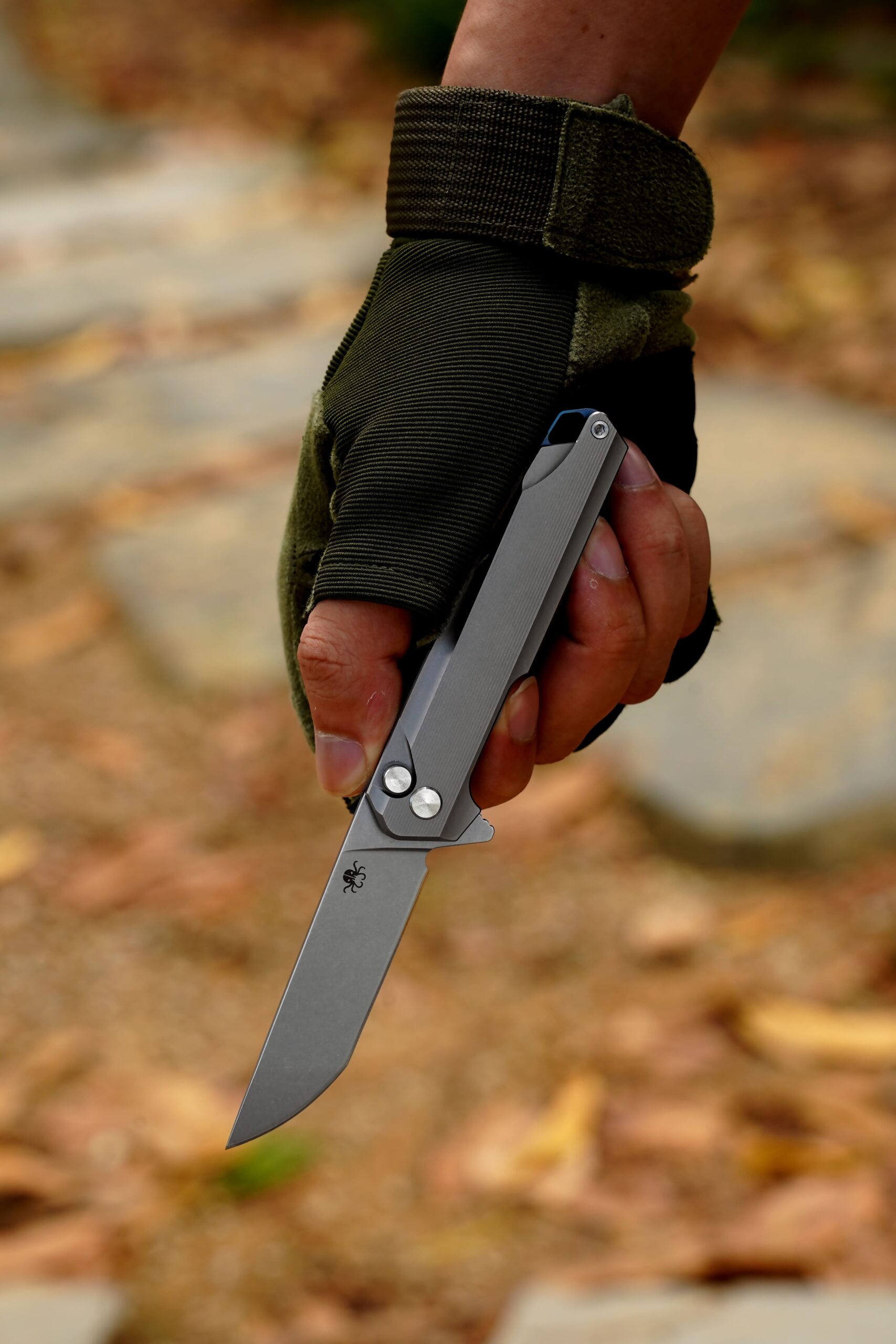
Chapter 2: Fixed-Blade Knives – Strength and Durability
Fixed-blade knives are renowned for their strength and reliability. Unlike folding knives, these blades are permanently fixed to the handle, offering unparalleled durability and simplicity.
2.1 Anatomy of a Fixed-Blade Knife
The design of a fixed-blade knife is straightforward:
Blade: Extends directly from the handle, often full-tang (blade runs through the entire handle).
Handle: Provides grip and balance; available in various materials like wood, rubber, or synthetic composites.
Sheath: Protects the blade and ensures safe carrying.
2.2 Types of Fixed-Blade Knives
Fixed-blade knives come in diverse styles tailored to specific needs:
Survival Knives: Built for rugged use in outdoor environments, often featuring serrations or multifunctional designs.
Hunting Knives: Designed for skinning, gutting, and processing game.
Tactical Knives: Used by military and law enforcement for combat and utility.
Bushcraft Knives: Optimized for woodworking and other outdoor tasks.
2.3 Advantages of Fixed-Blade Knives
Strength: No moving parts, making them more robust and reliable.
Ease of Maintenance: Simple design is easy to clean.
Versatility: Suitable for heavy-duty tasks and survival situations.
2.4 Limitations of Fixed-Blade Knives
Portability: Larger size makes them less convenient to carry.
Visibility: Fixed blades are less discreet than folding knives.
2.5 Best Uses for Fixed-Blade Knives
Fixed-blade knives shine in demanding situations, including:
Camping and survival tasks, such as chopping wood and starting fires.
Hunting and game processing.
Tactical and military applications.
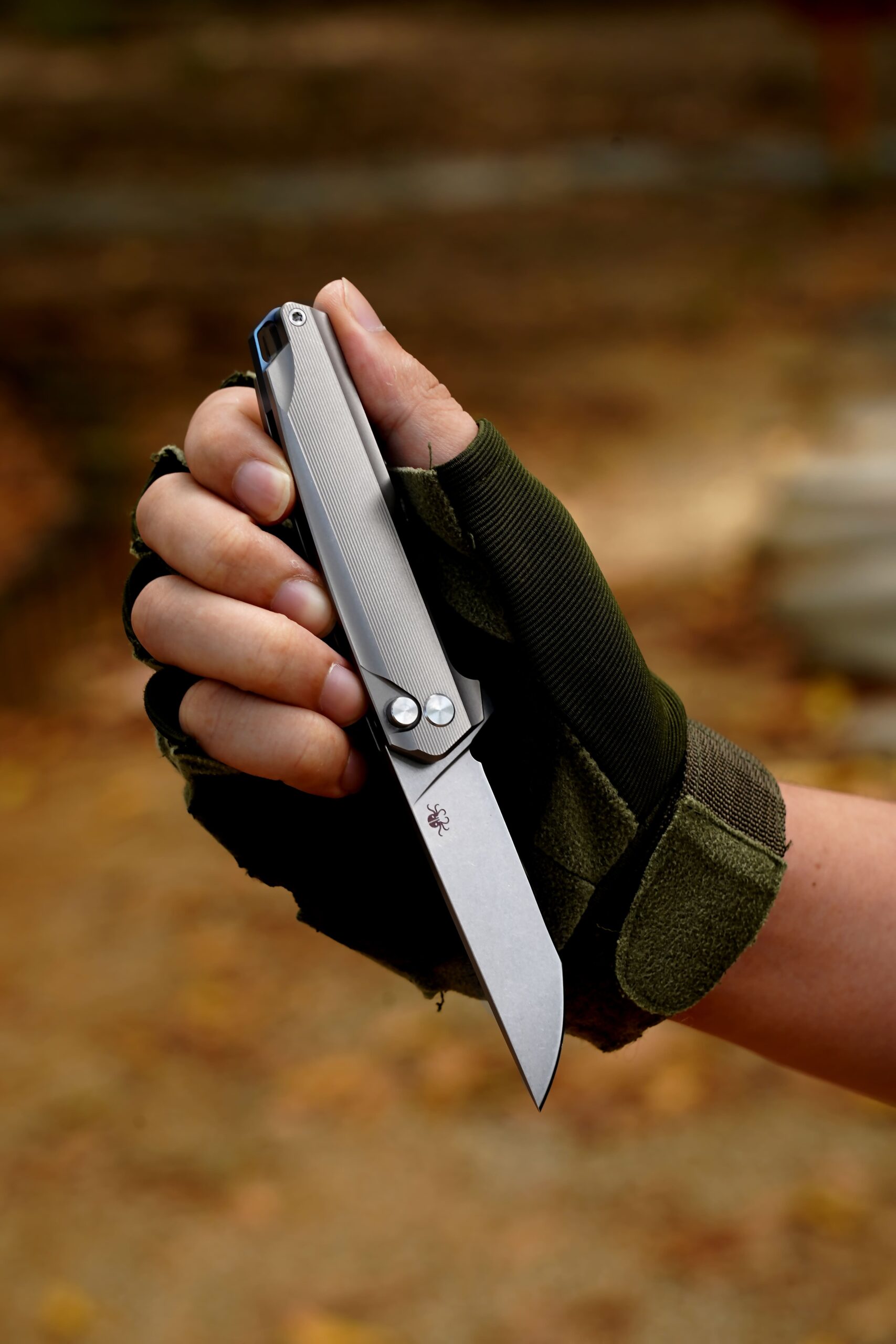
Chapter 3: Multi-Tools – Versatility at Its Best
Multi-tools are the Swiss Army knives of the modern age, offering a wide array of functions in a single, compact package. They are ideal for those who value versatility and preparedness.
3.1 Anatomy of a Multi-Tool
Multi-tools combine several tools into one device. Common components include:
Knife Blade: A small folding blade for cutting tasks.
Pliers: Useful for gripping, bending, and cutting wires.
Screwdrivers: Flathead and Phillips screwdrivers for basic repairs.
Scissors: Handy for precise cutting.
Other Tools: Bottle openers, saws, files, and more.
3.2 Types of Multi-Tools
Multi-tools vary in size and complexity:
Keychain Multi-Tools: Small and lightweight, perfect for everyday carry.
Pocket Multi-Tools: Larger, with more features, ideal for outdoor and DIY tasks.
Heavy-Duty Multi-Tools: Designed for professionals and heavy use.
3.3 Advantages of Multi-Tools
Functionality: Combines multiple tools into one.
Portability: Compact design makes it easy to carry.
Preparedness: Equips you for various situations.
3.4 Limitations of Multi-Tools
Specialization: Individual tools may not perform as well as standalone versions.
Durability: Moving parts can wear out over time.
3.5 Best Uses for Multi-Tools
Multi-tools are perfect for:
Everyday tasks, such as opening bottles or tightening screws.
Outdoor adventures where space and weight are concerns.
Emergency preparedness kits.

Chapter 4: Choosing the Right Knife for You
Selecting the best knife depends on your needs, preferences, and intended use. Consider the following factors:
4.1 Purpose
Identify what you need the knife for:
Everyday tasks? Opt for a folding knife.
Heavy-duty outdoor use? A fixed-blade knife is ideal.
Versatility? Go for a multi-tool.
4.2 Size and Weight
Folding knives and multi-tools are more compact and lightweight.
Fixed-blade knives are larger and heavier but offer superior strength.
4.3 Budget
Investing in a high-quality knife ensures durability and performance.
4.4 Legal Considerations
Be aware of local laws regarding blade length and knife types.
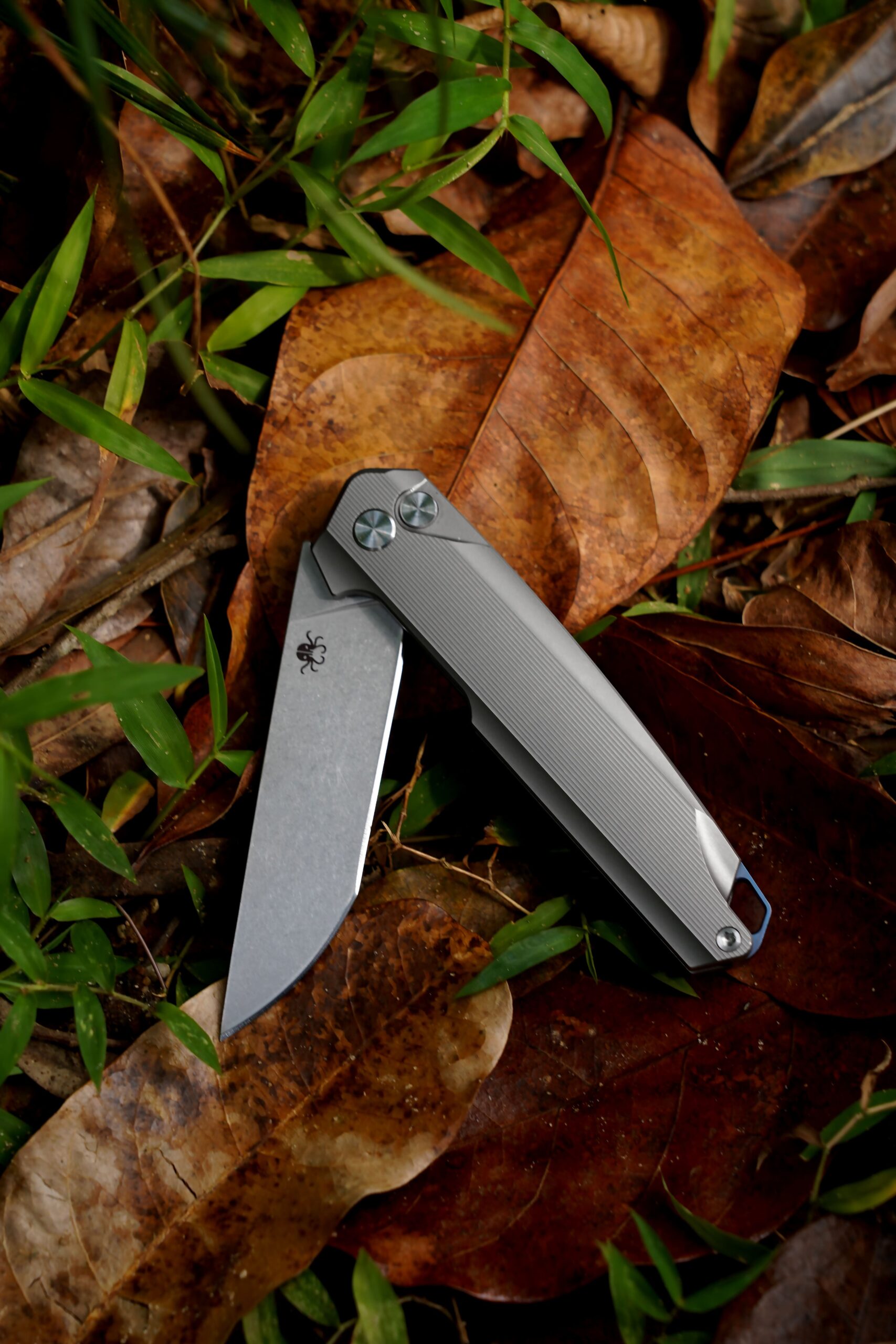
Chapter 5: Maintenance and Care
Proper maintenance extends the life of your knife. Here are some tips:
Cleaning: Regularly clean blades and hinges to prevent rust and debris buildup.
Sharpening: Keep the blade sharp for optimal performance.
Storage: Store knives in a dry, safe place.
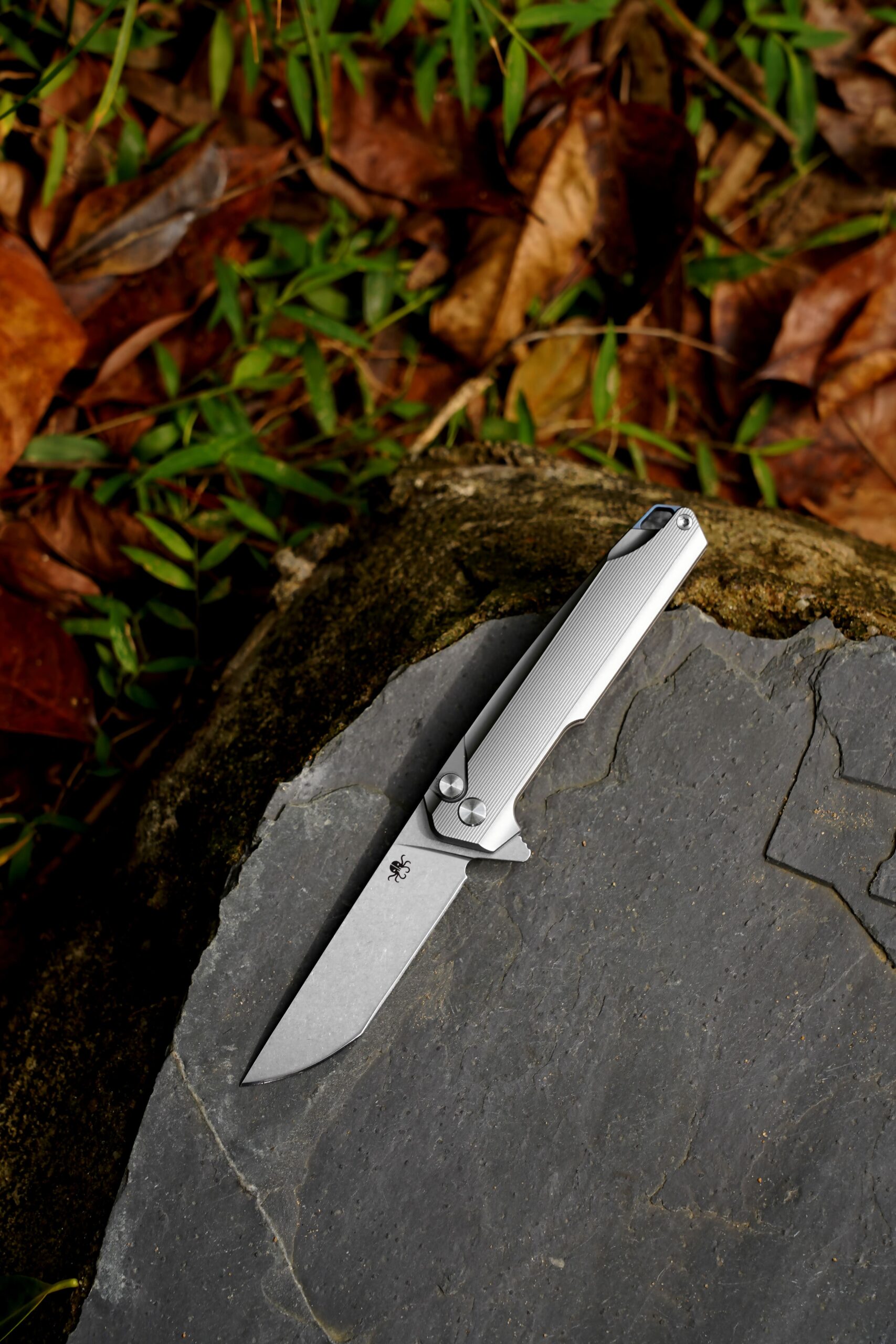
Chapter 6: Conclusion
Folding knives, fixed blades, and multi-tools each have unique strengths and applications. By understanding their features and limitations, you can choose the perfect knife to suit your needs. Whether you’re an outdoor enthusiast, a DIYer, or someone looking for a reliable everyday carry tool, there’s a knife out there for you. Invest wisely, maintain your tools, and enjoy the countless benefits these indispensable tools provide.
